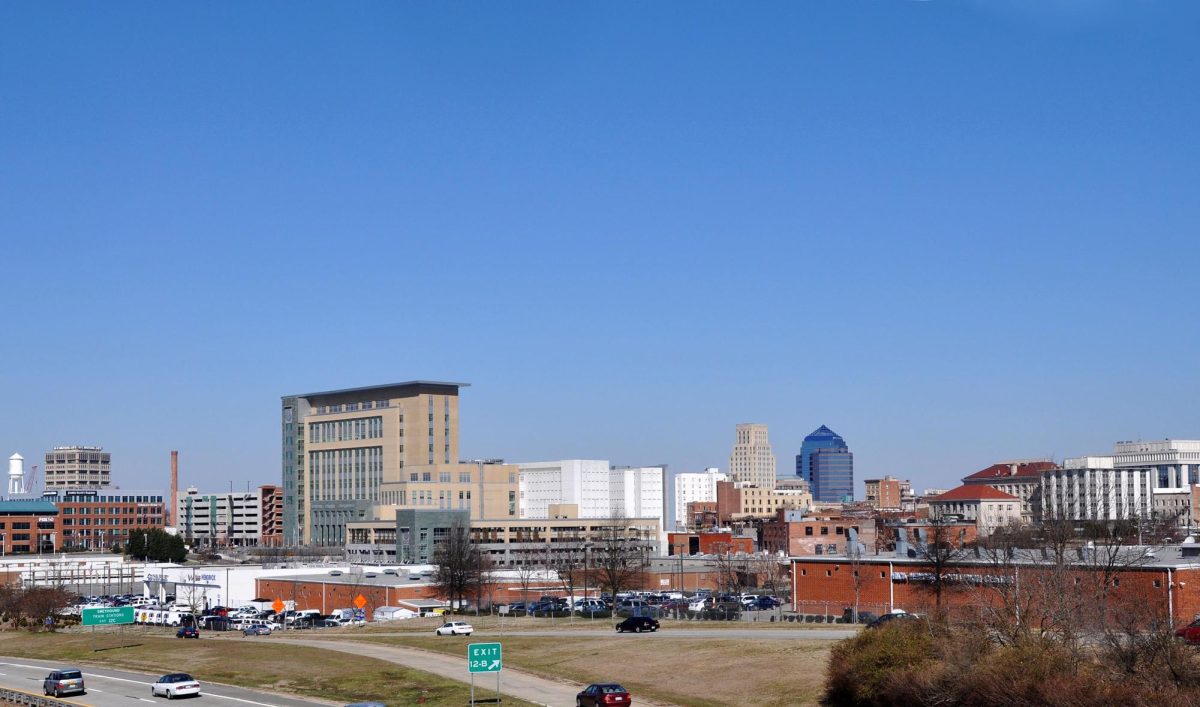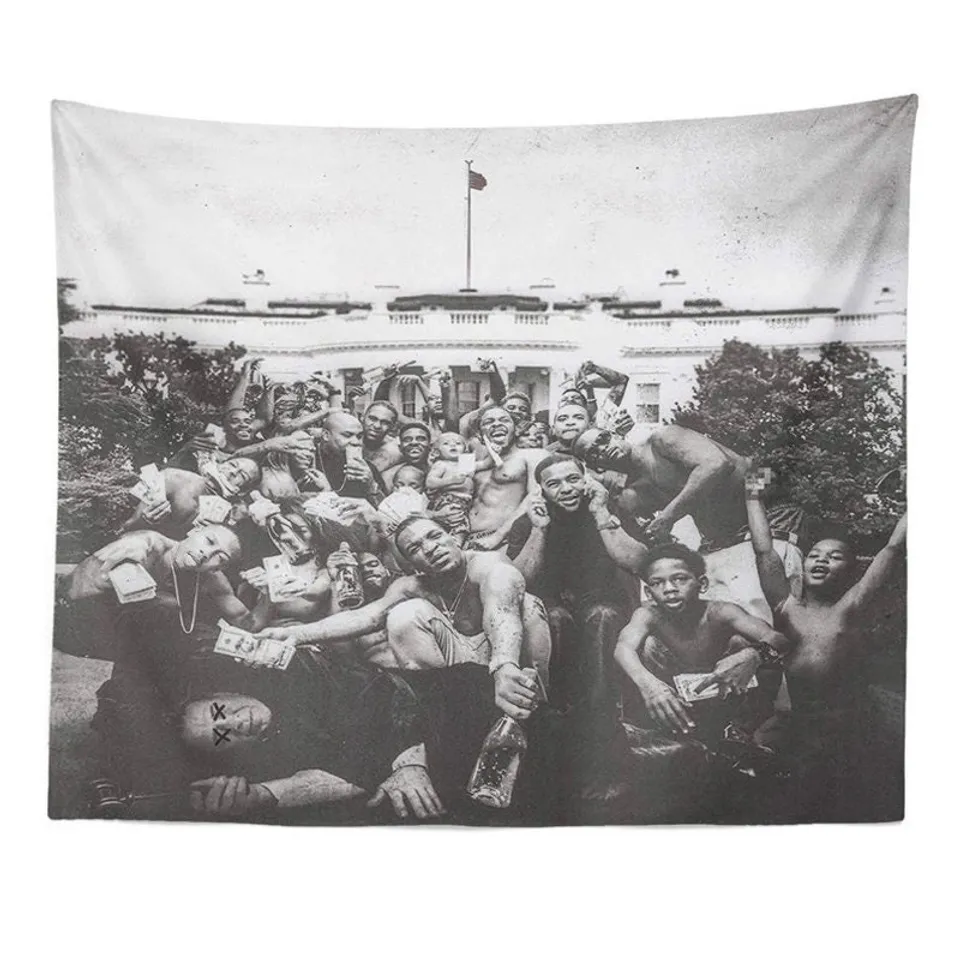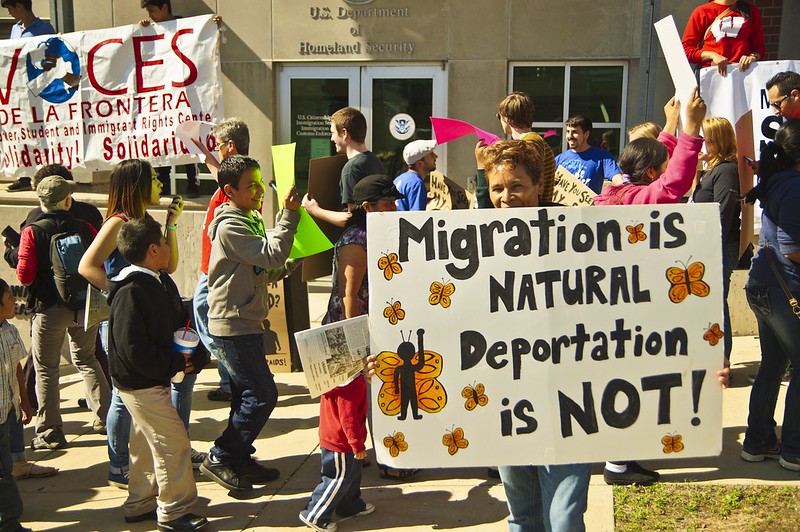
On this day, October 15, in the year 1966 two college students, Huey P. Newton and Bobby Seales echoing the words of rapper Rakim, “thinking of a master plan” formed the Black Panther Party for Self-Defense.What later became known simply as the “Black Panther Party.”
From 1966 to 1982 the paramilitary-style political organization’s main was to advocate the success of the African-American community. The college student group aimed to create social programs for those aforementioned Americans in the wake of continued racial discrimination. It was the late 1960s and Jim Crow was still in full effect.
The Panthers lived by a code of Black self-determination, anti-capitalism and looked to achieve equal rights by the same principle contemporary and fellow activist Malcolm X taught, “by any means necessary.” They eventually became known as a Marxist revolutionary group, which calls for followers to essentially overthrow outdated principles by force, in other words, they aimed to overthrow the fundamental laws of Jim Crow. These teachings led to a mass arming of African-Americans, refusing to enter the military if drafted, disassociating oneself with all sanctions of so-called white America, releasing every incarcerated African-American, and calling for compensation monetarily for centuries of exploitation by white Americans.
Though the Black Panther Party shared certain philosophical ideas with other contemporary African-American culture groups, it eventually set itself apart. The Panthers outlined a Ten-Point Program that served as guidelines the organization faithfully operated by. For example, whereas other groups named all whites as oppressors, the Panthers believed that there were in fact non-racist whites, and they looked to ally themselves with those people.
The Ten-Point Program’s platform was composed of two sections, the first of which expressed what the Panthers immediately wanted from those they deemed as a racist hindrance to the success of African-Americans, or else. In all, the program expressed what the organizers believed, such as believing that the racist government robbed them.
At the height of its influence, the organization’s membership was estimated to be 10,000 members.
FBI director J. Edgar Hoover declared the organization the greatest threat to national security and began his infamous Counterintelligence Program, COINTELPRO faction to infiltrate and destroy the organization.
Don’t be misinformed, the Black Panther Party sought to leave a positive mark in the African-American community through aforementioned social programs. Newton and the Panthers started programs like the founding of the Oakland Community School, which provided high-level education to 150 children who resided in forgotten impoverished neighborhoods. Their Free Breakfast for Children Program children offered dances and training in martial arts.
The Panthers were also in control of their own newspaper, The Black Panther Newspaper, that disseminated news and information its producers thought was relevant to African-Americans communities.
The legacy and influence of the Black Panther Party assumed a sort of character that often went beyond their support groups and programs. After the mid-1970s the ‘80s, the Party began to recede. J. Edgar Hoover was successful in his COINTELPRO efforts but the real demise was due to the dissolving of the party’s leaders either due to reasons such as death like Huey P. Newton and Fred Hampton, exile like Assata Shakur or deciding to become a member of groups un-associated with the Panthers like Eldridge Cleaver.
The Black Panther Party’s trials represent an ongoing struggle of everyday people to achieve complete and uncompromising justice and human rights. Lessons such as the need for economic parity and attainable education for all are relevant today.






